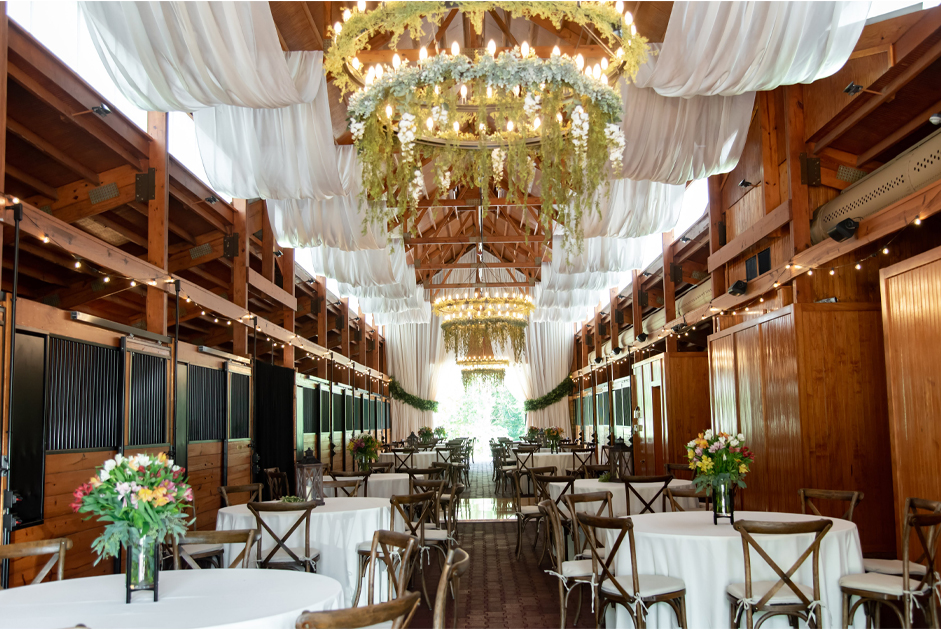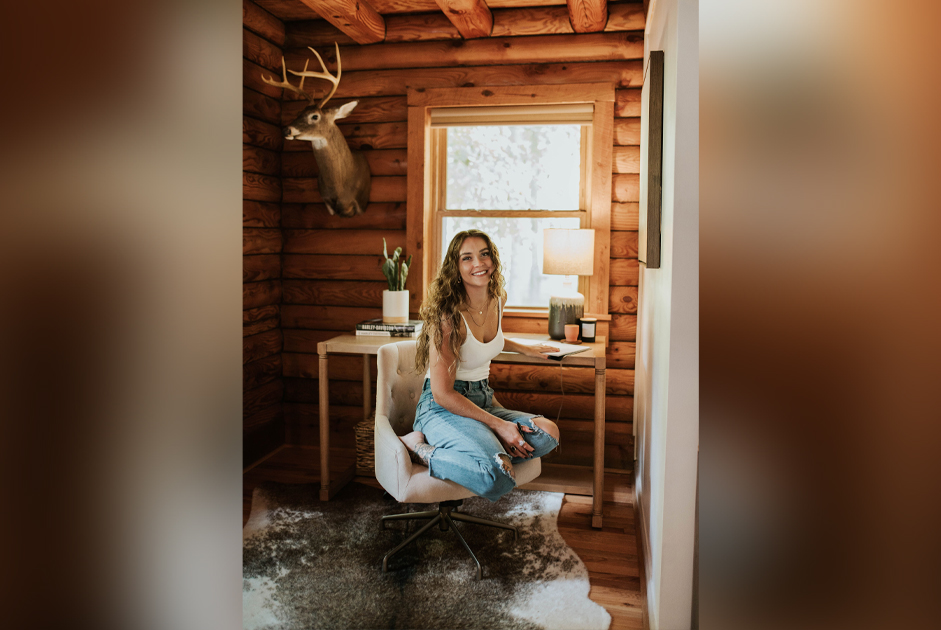BY LISA S.T. DOSS
Every homeowner wants an energy-efficient home to save thousands! A minimum of $400 annually could seep out of windows, cracks and create havoc through drafts. By investing in small changes to substantial upgrades, homeowners can recoup their investment by increasing comfort and house value, while reducing energy usage.
Multi-Use Light Switches
Unconsciously, members of the household always flick on and off switches or keep rooms alight out of convenience. Today, there are “smart” wi-fi based light switches, which offer occupancy-sensing lights or dimmers to enable LED bulbs longer life, while cutting electricity usage. The perfect solution for families!
Tip: For late-nighters or early risers, add an occupancy-sensing LED night light to provide a soft glow in hallways and master bathrooms.
LED Lightbulbs
Despite a five percent cost dedicated to lighting, $250 annual savings add up when considering the multitude of ways to improve energy efficiency. Through technological advances in Edison’s invention, people can now choose from long-lasting, energy-efficient LEDs, budget-friendly halogen incandescent bulbs and compact fluorescent lamps.
Tip: Look for “Energy Star-qualified” LED certified bulbs, which last 25 times longer than incandescent and halogen bulbs.
Unplug and Shut Down
How many items in your home feature plugs without including small and large appliances? Twenty? Thirty?
The energy vampires have plugs for every known technological device sitting on the kitchen counter, living room table and bedroom nightstand. It’s time to shut down computers and cell phone devices at night and turn off surge protectors when not in use.
Tip: Consider investing in a solar charged power bank for each member of the family! A feeling of security lies in recharging as needed.
Sealing Air Leaks
There are 19 probable locations to prevent air leakage, whether checked through a professional “energy audit” or conducted alone. Before investing in caulking and weather stripping, start by testing all the areas connecting different exterior building materials, such as where the siding meets the chimney, bricks linked to cement, and all corners and faucets.
Consider sealing leaks with low-expansion spray foam. This effort alone can save homeowners up to 30%.
Inside the home, install foam gaskets behind outlet and switch plates, caulk and weather-strip doors, windows, attic hatches and electrical outlets, including electric or gas service entrances, dryer vents, cable and telephone lines. Check baseboards, fireplace dampers and recessed lighting, too!
Test:
Place a dollar bill between a door or open window, and close. Easy removal of the dollar requires a solution.
Test:
Light incense to create a smoke stream. Pay close attention to the force of movement, inward or outward, and whether it’s interrupted by a draft.
Test:
Check the metal plate in the fireplace, termed a damper, to ensure it seals the flow of air. Get into the habit of closing the damper when cool and not in use. A professional chimney cleaning service can provide all needed repairs, including replacing the damper, if necessary.
Insulation
Attics, a rare place of visitation, is often neglected. Take the time to climb the folding stairs to check your levels of either rolled or blown insulation. Current building codes in North Carolina require R-values, or thermal resistance, which measures an insulation’s capacity to resist heat flow. For attic ceilings, make sure you have 10 to 14 inches. Fortunately, if you need to increase the blanket of comfort, technology has alternative options to itchy, pink rolls of fiberglass.
- Blanket Batts and Rolls: As a much softer material, its constructed from cotton, mineral wool and fiberglass. Homeowners, who are delighted to experience DIY-friendly, inexpensive insulation, can use a utility knife to fit widths between floor joists, or use it as a covering.
- Reflective or Radiant Barriers: A unique type of insulation comes in rolls, is pliable and resembles thick aluminum foil. Great for ceilings to prevent heat from entering, and offers comfort when accessing the attic. This DIY project requires two people.
Window Films
Do you have a kitchen with southern exposure? A self-adhesive window film regulates levels of heat and blocks UV rays from entering your home. Inexpensive in cost. Application requires two people.


















